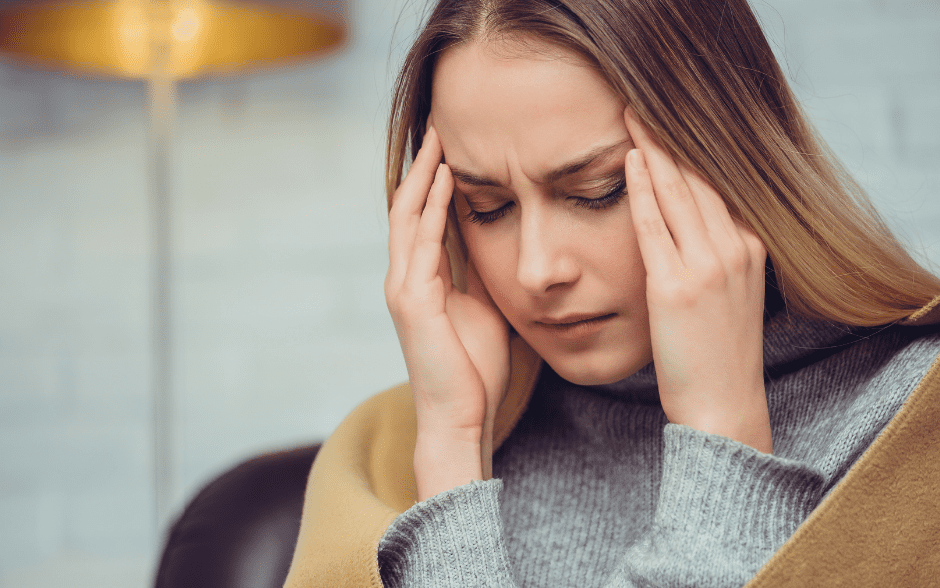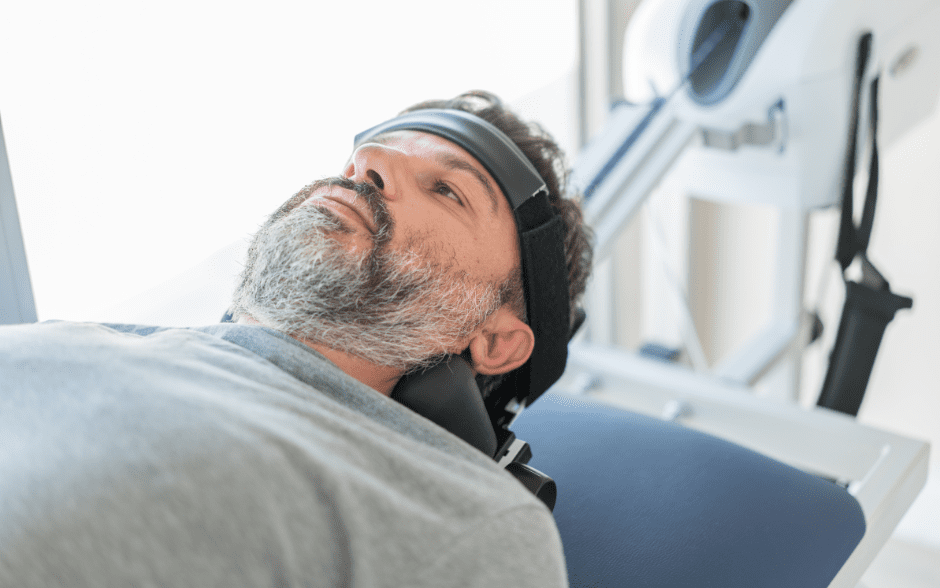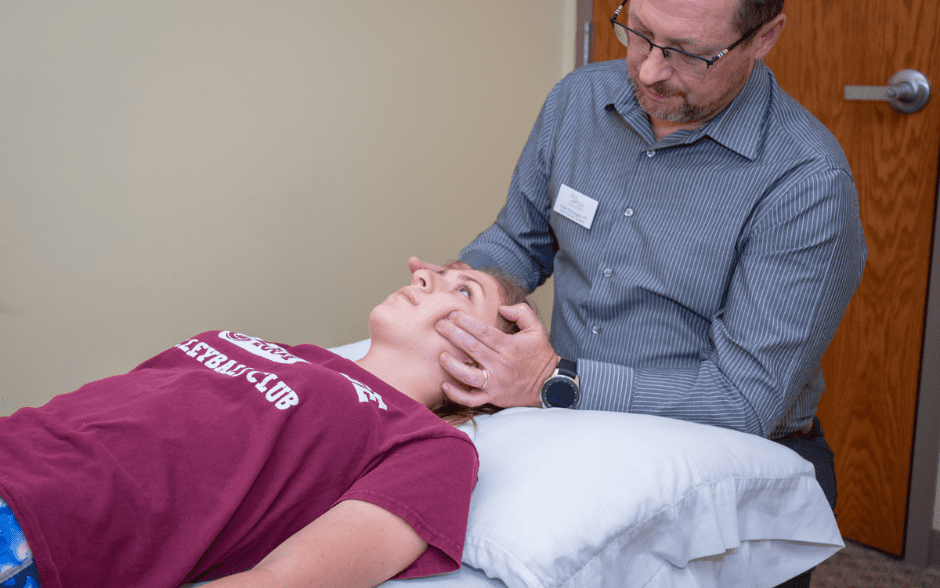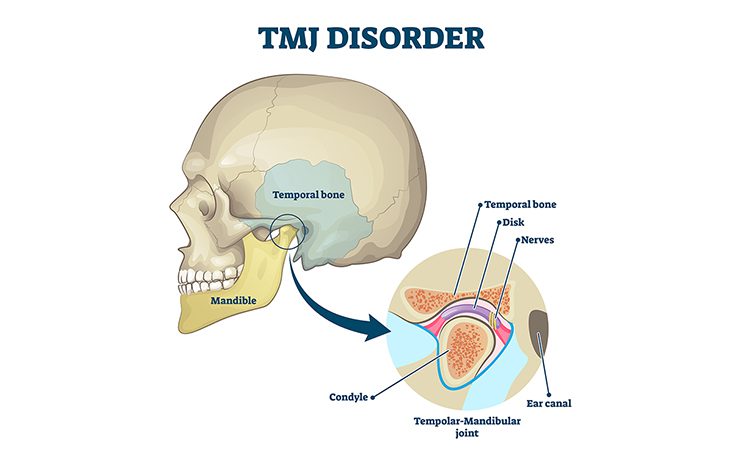Headaches and TMJ Problems
HEADACHES BASICS
Over half of adults in the United States have experienced chronic or recurrent pain of different kinds in the past year. Severe headache or migraines are the second most common pain complaint, experienced by 15% of the population. When most headaches are harmless and usually resolve on their own, some types of severe headaches can recur frequently and affect our everyday life, making it difficult to function properly.
There are over 150 types of headaches, but the most common types include: tension, migraine, cluster, daily chronic headaches, cranial neuralgias, and headaches being a consequence of underlying conditions, such as TMJ (temporomandibular joint) dysfunction, vascular disorders, sinus issues or tumors. One of the most common secondary pains that is typical for hair stylists, carpenters, and truck drivers is cervicogenic headache and it is related to problems with the bones in a neck (vertebrae), joints, or neck muscles.
TREATING HEADACHES IN PDR
With more than two decades of experience, our therapists go beyond standard methods in treating different types of headaches. The challenge is to identify the cause and type of pain, and prepare an appropriate treatment plan that will reduce both its frequency and intensity. Each patient is treated on an individual basis, as everyone’s cause of pain is different.




TREATING HEADACHES IN PDR
Treatment may include the Strain Counterstrain technique, soft tissue mobilization, cervical traction, neck and back stretching, strengthening and mobilization as well as therapy of the spine. Depending on the type of pain, heat/ice packs, ultrasound, and electrical stimulation can also bring tremendous relief. The important role in treating headaches plays education – we teach our patients relaxation techniques to practice at home and the importance of proper diet and water intake as well as keeping proper posture.
WHAT CAUSES HEADACHES?
Regardless of how the headache feels – at the back of the head, on one side, whether it’s throbbing, dull, or flare-ups, it’s usually related to the circulatory system in some way. There are no so-called free nerve endings in the brain that receive pain stimuli, so the brain itself cannot cause us pain. However, there are a lot of them in the three meninges that surround it, and they are equipped with a very dense network of blood vessels. When the vessels dilate, they irritate the nerve endings in the meninges, and this is what causes us to suffer. The most common causes of this condition are disease, stress, poor diet, environment, genetics, hormonal changes, and even caffeine withdrawal, lack of sleep, and alcohol consumption.




TMJ AND HEADACHES
When we experience a headache, most of us are unlikely to associate it with jaw disorders, but in fact temporomandibular joint problems are one of the most common causes of headaches. It is estimated that about 70% of the population has at least one symptom of dysfunction syndrome of this most complex and also the most stressed joint in our body. It is what makes it possible to move the jaw forward, backward and side to side. It participates in the process of speaking, eating, singing and expressing emotions, hence abnormalities in its functioning are quite common.
TMJ HEADACHE SYMPTOMS:
- headache that resembles a migraine pain, often radiating to the ears or causing uncomfortable pressure behind the eyeballs,
- pain when opening or closing the mouth,
- a crackling sound when speaking, biting, or yawning,
- locking or falling out of the jaw when yawning or moving rapidly,
- pain in the jaw muscles.
TMJ headaches often recur in one or more regions of the head and face or can feel like tension headaches.


